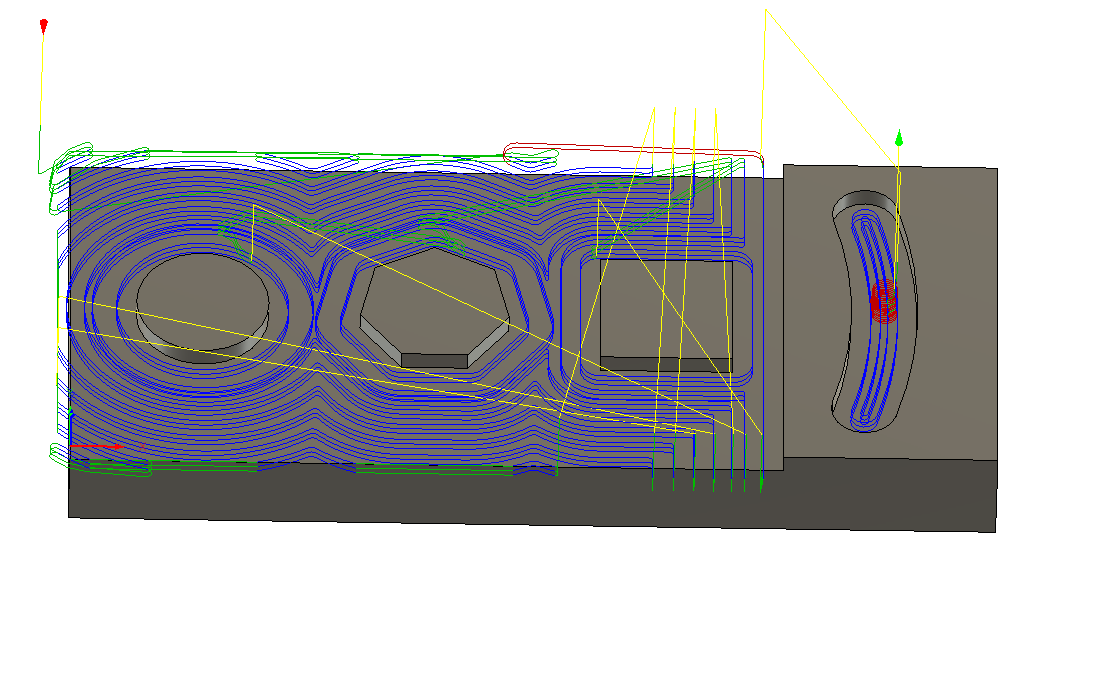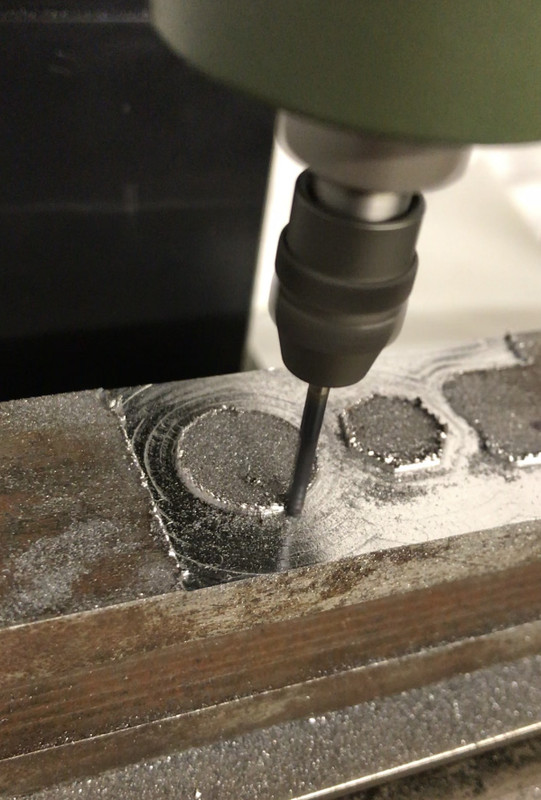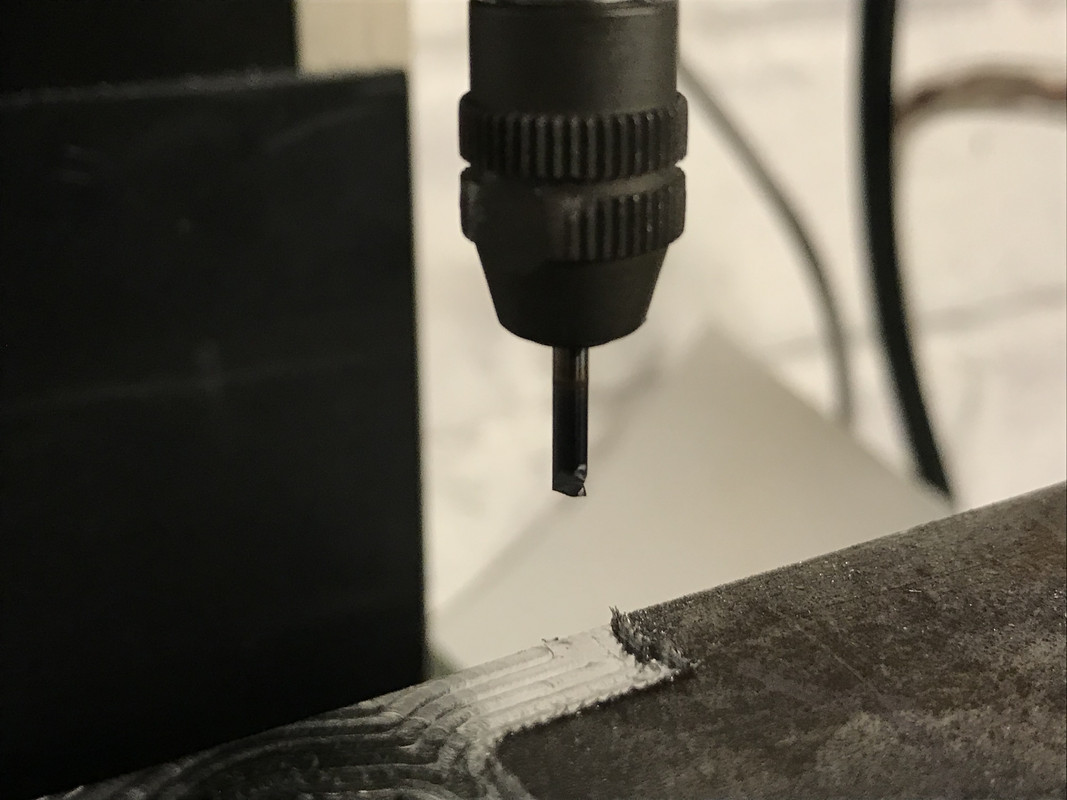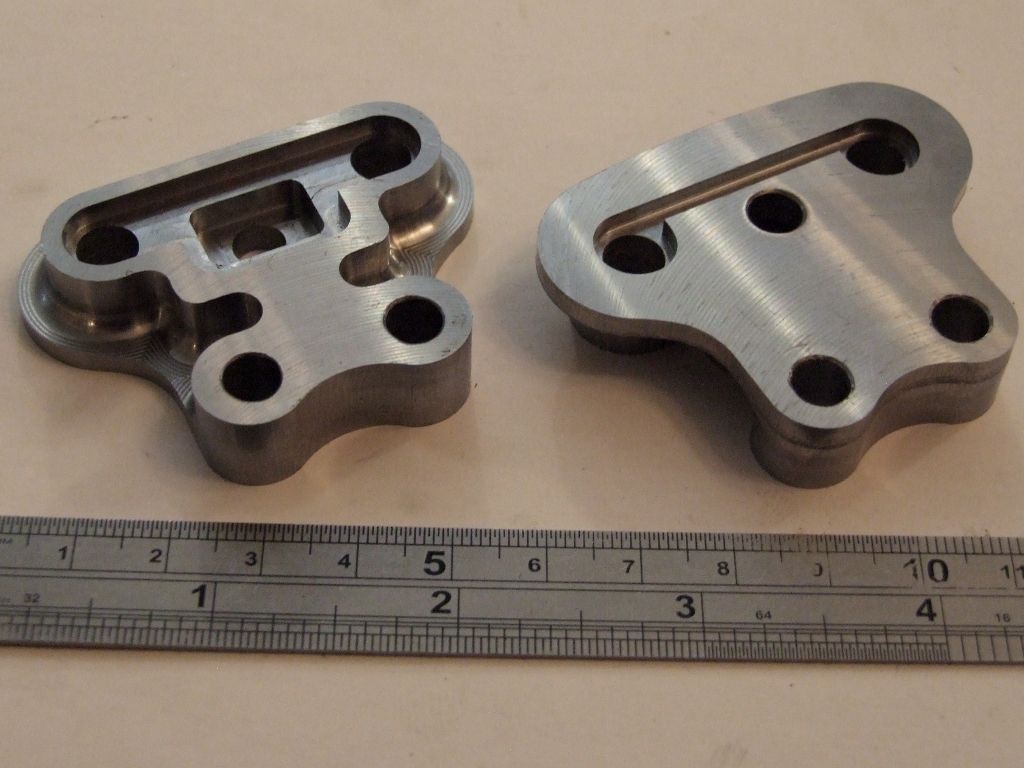2mm endmill help
2mm endmill help
- This topic has 79 replies, 20 voices, and was last updated 5 February 2021 at 21:17 by
old mart.
- Please log in to reply to this topic. Registering is free and easy using the links on the menu at the top of this page.
Latest Replies
Viewing 25 topics - 1 through 25 (of 25 total)
-
- Topic
- Voices
- Last Post
Viewing 25 topics - 1 through 25 (of 25 total)
Latest Issue
Newsletter Sign-up
Latest Replies
- Easiest/cheapest source of R8 socket
- Even the Dealer Didn’t Know!
- Sat nag
- What Did You Do Today 2025
- New member
- Boiler Design – issue 4765
- More BBC Masterchef woes…
- Paint stripper does not do what it says on the tin
- Please direct me to where I can find an engineer to do some bespoke work
- How many spokes do I really need?







 solid carbide cutters, if the shanks are too long, then score right round the shank with a diamond file and snap them off. If you put the cutter flute end down in a vise with soft aluminium jaw protectors and put a tube over the unwanted end, they will normally snap off very well.
solid carbide cutters, if the shanks are too long, then score right round the shank with a diamond file and snap them off. If you put the cutter flute end down in a vise with soft aluminium jaw protectors and put a tube over the unwanted end, they will normally snap off very well. 

